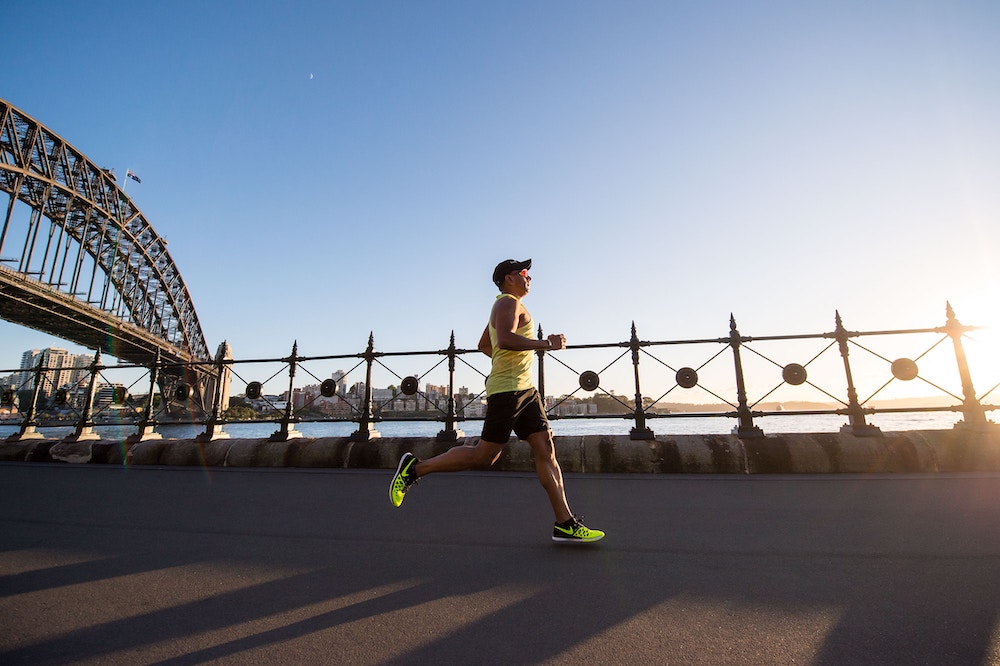Loudoun County, Va. — Whether you are pounding the pavement for a short jog or you’re a routine racer, running is great cardiovascular training. It is a gratifying way to maintain overall fitness. Although the act of running itself may initially seem daunting if you’re not an avid runner, you will reap the physical benefits within a few weeks.
The key is to start slowly and add distance incrementally to decrease the risk of injury.
Top 10 health benefits of running
- Improve Longevity
- Burn Fat
- Reduce Your Cancer Risk
- Strengthen Your Core
- Improve Your Sleep
- Reduce Your Risk of Osteoporosis
- Boost Your Mood
- Reduce Your Risk of Diabetes
- Reduce Your Risk of Blood Pressure and Heart Disease
- Boost Your Immunity
Running Ritual Musts and the Importance of Stretching
These tips are essential for optimizing your running dexterity, whether you’re an indoor treadmill devotee, an outdoor roadrunner, or a trail running enthusiast. In order to maintain healthy aerobic fitness without risking injury, it is important to train conservatively. Aggressive mileage right out of the gate can increase stress on your hip, knee and ankle joints, inviting injury. The key is to increase your mileage by no more than 10-percent each week, allowing your body to adjust to the increased activity and stress. The ideal mileage for maintaining cardiovascular health is 2-3 miles per day for 3-5 days per week.
To prevent injury, it is vital to wear proper running shoes that have been fitted to meet your specific body type, foot shape, fitness needs and gait pattern. If you’re an avid runner, you should replace your shoes every 4-5 months to avoid running without necessary arch support. If you’re a recreational runner that does not put in as many miles, you should replace your shoes every 6-7 months. A physical therapist can evaluate your gait pattern and foot shape to determine which type of shoe is right for you, and then you can get fitted at your local running store.
Warming up before you run with dynamic stretches for your hips, thigh muscles, and calves helps prepare your muscles for hitting the open road. Dynamic stretching helps elongate your muscles through their available range of motion while getting your blood pumping. Likewise, static stretching after running helps maintain flexibility and keeps your muscles extensible, decreasing post-run soreness.
Note from our sponsor: If you experience any pain or discomfort while running, let Loudoun Sports Therapy Center help you today by calling 703-450-4300 to schedule an evaluation. Running through pain can lead to further injury and damage to muscles, tendons and ligaments, exacerbating existing injuries or causing new symptoms to occur.
[adrotate banner=”13″]


